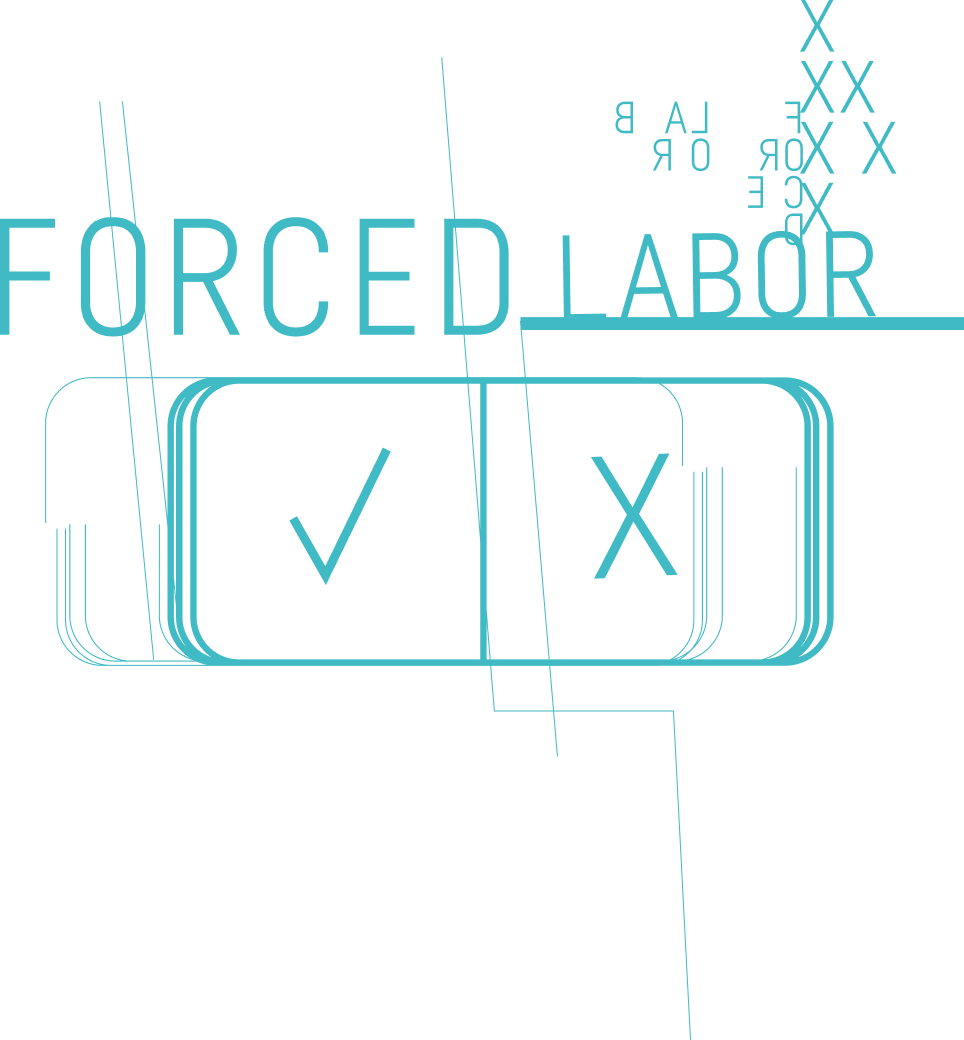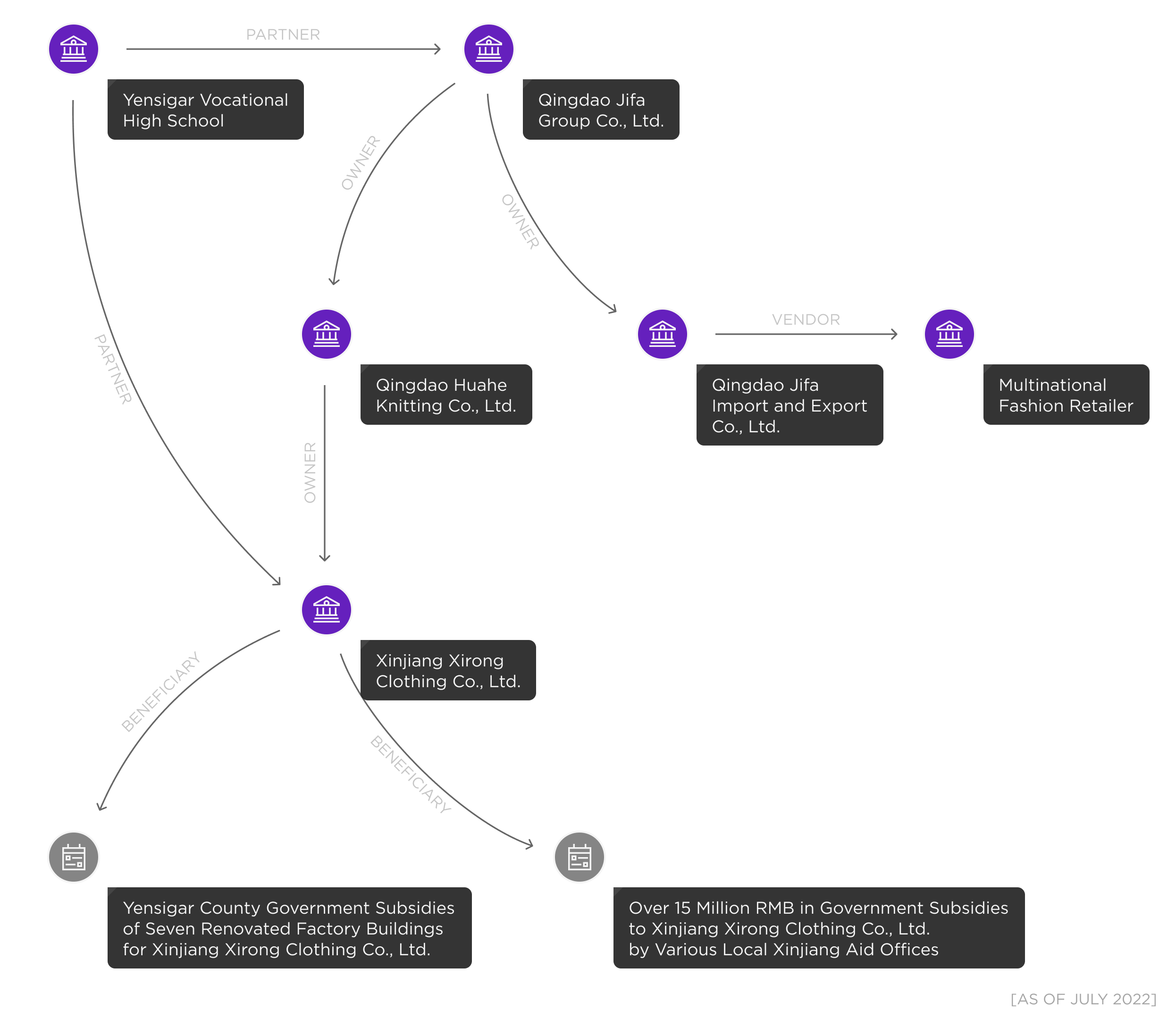Data
Forced Labor
Forced Labor

Data
Forced Labor
Forced Labor Solutions for Risk Management
Supply chain exposure to companies or goods that benefit from forced labor can be difficult to surface. Kharon's Forced Labor dataset is unmatched in scope and quality, covering thousands of high-risk entities and their commercial networks of subsidiaries, units, vendors, facilitators, and affiliates — particularly those based and operating within or near the Xinjiang region of China.
Forced Labor Supply Chain Protection
Government regulations, enforcement actions, the Uyghur Forced Labor Prevention Act (UFLPA), news headlines, and industry best practices have all drawn attention to concerns surrounding forced labor and human rights in global supply chains.
Kharon’s Forced Labor dataset helps you identify risks that can otherwise remain hidden, inform opportunities for mitigation, and demonstrate a comprehensive forced labor-focused compliance regime.
Kharon’s Forced Labor dataset helps you identify risks that can otherwise remain hidden, inform opportunities for mitigation, and demonstrate a comprehensive forced labor-focused compliance regime.

+SUPPLY CHAIN EXPOSURE
+THOUSANDS OF HIGH-RISK ENTITIES
+KEY INDUSTRY COVERAGE
Screen For Indicators With Kharon's Forced Labor Solution Data
- Companies and supply chains targeted by the UFLPA Entity List
- Raw materials manufactured in whole or in part in Xinjiang
- Apparel and textile manufacturers and facilitators connected to Xinjiang
- Polysilicon and green energy companies (e.g. battery, solar, etc.) connected to Xinjiang
- Companies that incorporate forced labor and surveillance tools
- Companies co-located with entities flagged as high risk for forced labor
- Xinjiang Production and Construction Corps (XPCC) affiliates
+UNMATCHED COVERAGE
+EXPERT ANALYSIS
+INDUSTRY BEST PRACTICES
CASE STUDY: FORCED LABOR IN SUPPLY CHAINS
Government enforcement actions are increasingly targeting companies that incorporate forced labor into their supply chains. Identifying forced labor indicators requires an understanding of complex ownership structures, upstream supply chains, and associated relationships with high-risk government entities.
This case study highlights a Withhold Release Order issued by the U.S. government against a large multinational fashion retailer. Supply chain analysis by Kharon identified that the multinational fashion retailer received cotton shipments from a Chinese corporate network that partnered with a Xinjiang vocational training center and received government subsidies to build factories — both of which represent forced labor indicators per the U.S. government’s Xinjiang Supply Chain Business Advisory.
This case study highlights a Withhold Release Order issued by the U.S. government against a large multinational fashion retailer. Supply chain analysis by Kharon identified that the multinational fashion retailer received cotton shipments from a Chinese corporate network that partnered with a Xinjiang vocational training center and received government subsidies to build factories — both of which represent forced labor indicators per the U.S. government’s Xinjiang Supply Chain Business Advisory.

Want a Demo?
Trusted by the world’s leading organizations



